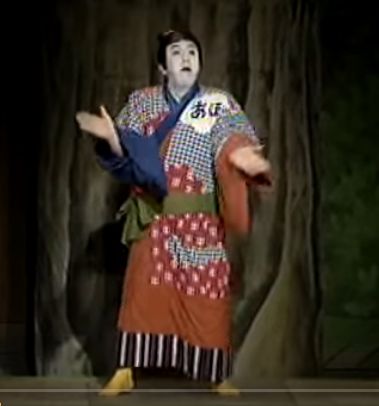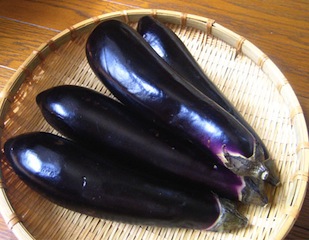
Sept.12
Autumnal Eggplant 秋茄子 “aki nasu”
Sept.12
Elizabeth Andoh
by Elizabeth Andoh Botanically a fruit, not a vegetable, eggplant (Solanum melongena) is a member of the nightshade family (as is the tomato and potato). Thought to have originated in India thousands of years ago, the Chinese were probably the first to make use of eggplant in a culinary manner. Widely known throughout Asia, eggplant…

Sept.11
Traveling exhibition, Japanese contemporary ceramics: the Horvitz Collection PART II
Sept.11
Hands & Earth: Six Perspectives on Japanese Contemporary Ceramics Biographical information by Joan Mirviss and Trevor Menders Now open at the Lowe Art Museum Image courtesy of Sokyo Gallery KINO SATOSHI (b. 1987) Fascinated by the potential of fired porcelain to mimic stone when polished, Kino Satoshi chose to focus on porcelain when in art…

Sept.10
The Spy Across the Table: Mysterious Book Report No. 290
Sept.10
John Dwaine McKenna
A review by John Dwaine McKenna of Barry Lancet’s latest book Although prognostication and predicting the future isn’t what we normally do here at the MBR, there’s always exceptions, and this is one. I’m gonna stick my neck all the way out to the cut-on-the-dotted-line tattoo and forecast the near future. In about a week…
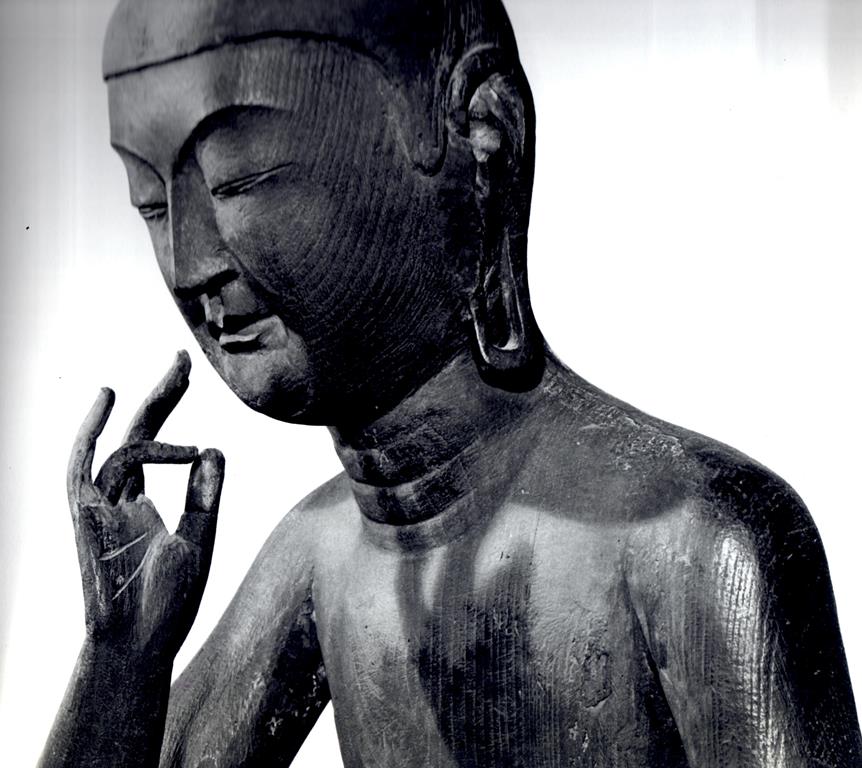
Sept.09
Understanding Buddhist Mudra
Sept.09
Mark Schumacher
By Mark Schumacher In Buddhist sculpture and painting throughout Asia, the Buddha (Nyorai, Tathagata) are generally depicted with a characteristic hand gesture known as a mudra. Mudras are used primarily to indicate the nature and function of the deity. They are also used routinely by current-day Japanese monks in their spiritual exercises and worship. One…

Sept.08
The Japanese Aesthetic of Recycling
Sept.08
Gail Rieke
by Gail Rieke Japanese design demonstrates its genius in myriad ways when it comes to reusing materials. The pottery town of Tokename in Aichi Prefecture has an area of town called Dokanzaka that is paved with recycled clay rings and walls of recycled imperfect shochu bottles. This street transforms into an installation piece. Often old…

Sept.07
Cetaceans in the Sea of Okhotsk
Sept.07
Mark Brazil
Cetaceans in the Sea of Okhotsk By Mark Brazil Blue above then blue below. Viewed from just below the pass at Mt Mokoto on the northern rim of the Kussharo Caldera, a low sea of cloud blankets Kussharo-ko, Japan’s largest caldera lake, from view. Beyond the rugged, forested far rim of the caldera to the…

Sept.06
Sake expert John Gauntner reviews seminar in Sacramento for brewers
Sept.06
John Gauntner
There was, in late June, in Sacramento California, an unprecedented event: a seminar ran by a very prominent player in the Japanese sake-making world. It was a seminar taught by Japanese master sake brewers for the 15 or so craft sake producing companies in North America. It was, as might be expected, very, very cool….
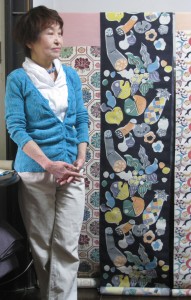
Sept.06
Longtime Japan tour planner recalls first summer in Kyoto, 1986
Sept.06
Nancy Craft
My first teacher in Japan: Mari Horie by Nancy Craft The news headlines about this summer’s brutal heat wave in Kyoto reminded me of the first summer I spent there 32 years ago. I had spent a magical 3 weeks in Kyoto during cherry blossom season a few years before, and that had led to…
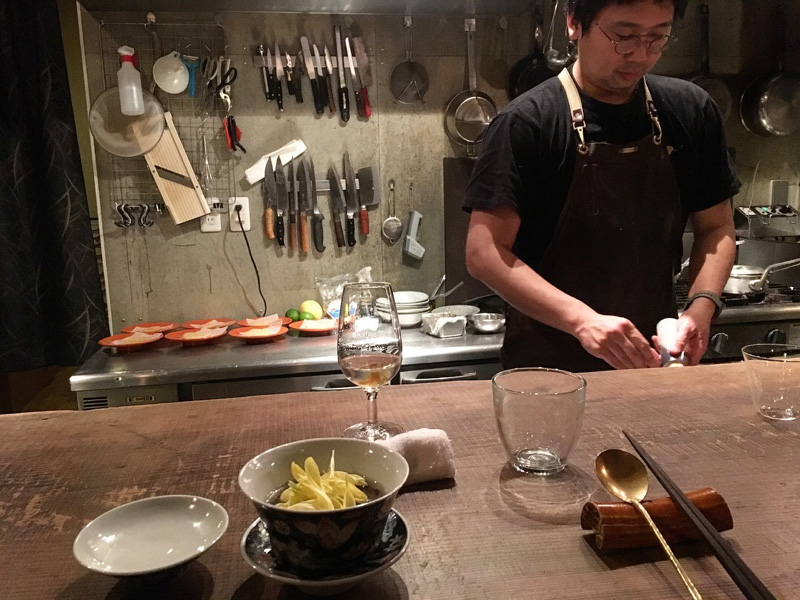
Sept.04
Stagiaire by David Israelow
Sept.04
David Israelow
Stagiaire, literally “trainee” in French, often refers to short kitchen stints where a cook works for free. This labor exchange is generally to learn from a great chef or as part of the process to obtain a job. I was in Tokyo for the former. The only issue was I had no contacts, knew no…



